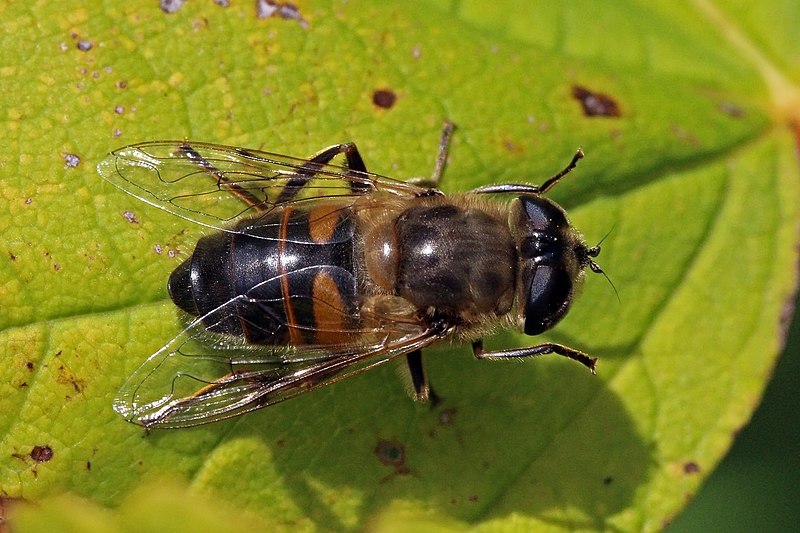Video
MOSSEL BAY NEWS & VIDEO - A worm-like creature was spotted in a toilet bowl in Mossel Bay a few days ago.
Mossel Bay Advertiser took a photograph and video of the wiggling creature and contacted the Rhodes University Zoology and Entomology Department, asking if someone could identify it.
Professor Martin Villet, deputy head of the department, based in Makhanda (previously Grahamstown), answered the following questions. (Villet is also a director of the Southern African Forensic Entomology Research Laboratory.)
What is this insect?
A mature, rat-tailed larva (maggot), of the bee fly or drone fly species, Eristalis tenax, or a very close relative. It is a member of the family of hover flies, Syrphidae.
The drone fly is attractive, with lovely eyes, and it is an important pollinator of some crops - macadamia nuts and mangoes, for instance.
Where is the larva found?
In ponds, canals, persistent puddles and other shallow, still water that has a rich supply of organic detritus on the bottom - similar places to mosquitoes' habitat, in fact.
Below: The larva in action: Video: Linda Sparg
Is it common or rare?
The larvae are rarely seen, but the adult flies are common on flowers in urban areas and across the whole country, near rivers, so the larvae can't actually be rare in nature.
Does the fact that this insect is in municipal water, coming out the taps, mean the water is unsafe to drink?
It implies there is an access point somewhere between the waterworks and the tap.
That point represents a leak where pathogens could (but yet may not) enter the reticulation. If the tap were connected to a rain barrel, the issue would be less ominous.
The larva itself is not a health hazard.
How can a 4.5cm larva result in a fly, less than a quarter of that length?
Most of the length is the respiratory tube and that essentially vanishes into the body.
The rest of the larva is mainly water, while the adult fly is far more dense and muscular. Basically the larva tissues get condensed.
Think of how a silkworm caterpillar gets packed into such a small, adult silk moth. This is why children should all keep silkworms once in their childhood and parents should relive the miracle with their children.
Migratory
According to Wikipedia, Eristalis tenax, the common drone fly, also known as the flower fly, is a migratory species of hover fly. It is the most widely distributed species of the hover fly and is seen in all parts of the world, except the Antarctic.
Wikipedia notes that although the drone fly superficially resembles a honey bee, it can be easily differentiated from a bee because it does not have a constricted "waist" between the thorax and the abdomen. Also, being a fly, it only has two wings. Bees have four.
See: https://en.wikipedia.org/wiki/ Eristalis_tenax.
 Male drone fly (above) and female drone fly (below). Photos: Wikipedia
Male drone fly (above) and female drone fly (below). Photos: Wikipedia
‘We bring you the latest Garden Route, Hessequa, Karoo news’















